Breast infection (mastitis) is inflammation that occurs in breast tissue. In this post, I’ll be sharing the causes, symptoms, and prevention of mastitis in nursing moms. This condition is painful and causes a lot of discomfort. The inflammation leads to swelling, redness, warmth and pain. In some cases, moms also have fever and chills.
Moms that breastfeed are most commonly affected by mastitis, but it can happen to men as well. Lactation mastitis can make you feel run down which is a challenge when you have a newborn to take care of. Sometimes mastitis results in a mother weaning her baby earlier than she intended to. However, continuing to nurse, even when you are taking antibiotics for treating the mastitis, is better for both you and your baby.
Everything you need to know about mastitis in nursing mothers
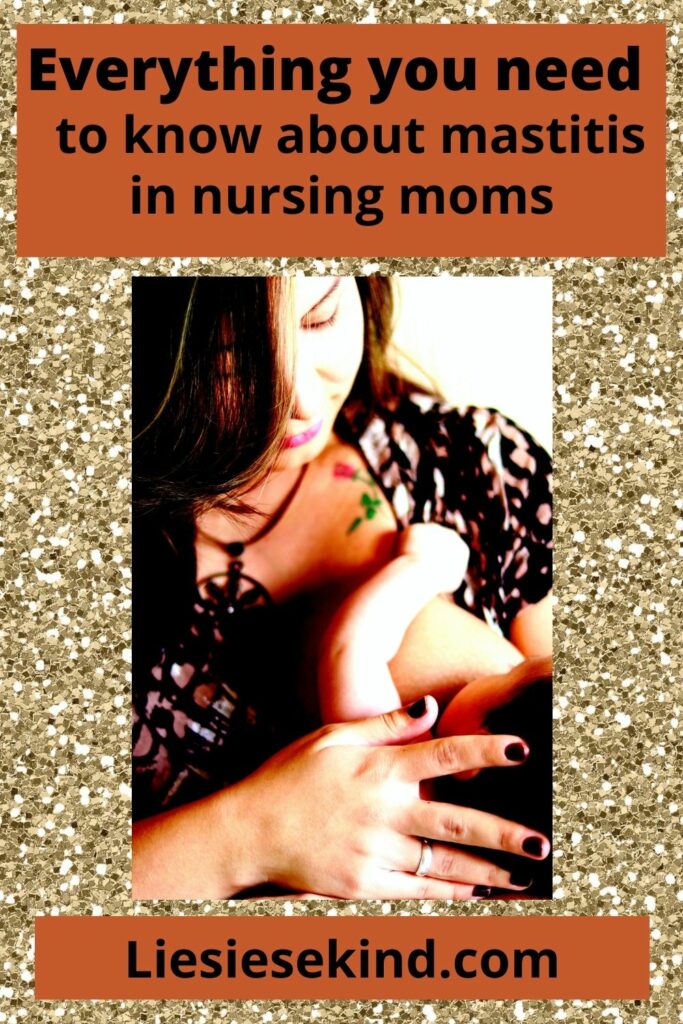
Symptoms of mastitis
- Breasts that feel warm to the touch and tender.
- Swollen breasts.
- A lump in your breast or thickening of the breast tissue.
- A continuous burning sensation or pain while nursing.
- Redness of the breast skin, taking on a wedge-shaped pattern.
- Feeling ill.
- Fever of 38.3 degrees Celsius or higher.
When should you consult your doctor?
As soon as you experience any symptoms that are worrisome, its best to speak to your doctor.
What are the main causes of mastitis?
Milk that gets trapped in your breast is the primary cause of mastitis. However, other causes might include:
- Blocked milk ducts – if your breasts are not entirely empty after feeds, one of your milk ducts could become blocked. This blockage results in milk backing up which subsequently causes infection.
- Bacteria that infiltrate your breasts – bacteria that is present on the skin and your baby’s mouth could find its way into your milk ducts through cracked skin on your nipples or when milk ducts open. Stagnant milk in your breast that was not emptied is the ideal breeding ground for bacteria.
Risk factors of mastitis
- Former bout of mastitis while nursing
- Cracked or sore nipples (it could also develop when you don’t have cracked skin)
Incorrect breastfeeding technique
Wearing tight fitting bras that places pressure on your breasts when you’re carrying a baby bag or wearing a safety belt which restricts milk flow
- Being stressed or over tired
- Not getting the proper nutrition
- Smoking
Complications of mastitis
Mastitis that are not properly treated or that is because of a clogged duct can lead to an abscess (accumulation of pus) to form in your breast. An abscess generally needs to be drained surgically. To prevent this complication, speak to your physician as soon as you start developing signs of mastitis.
Preventing mastitis
To make your nursing experience a successful and enjoyable experience and to prevent contracting mastitis, consider speaking to a lactation expert who can give you valuable tips and offer advice about the appropriate nursing techniques.
You can prevent getting breast infection by doing the following:
- Make sure you drain your breasts entirely from all milk when nursing.
- Let your baby drain one breast entirely before you switch to the other breast during a feed.
- Change nursing positions with each feed.
- Always check that your baby has latched on successfully with every feed.
- If you are a smoker, speak to your doctor regarding smoking cessation.
Conclusion
Thank you for reading my post about everything you need to know about mastitis in nursing moms.When you are pregnant or nursing and experience any symptoms that are unfamiliar or a cause of worry to you, its best to speak to your doctor about them. I hope that this article will be a useful guide to you to prevent getting mastitis. Happy nursing and enjoy this wonderful bonding experience with your baby.
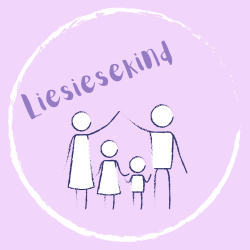
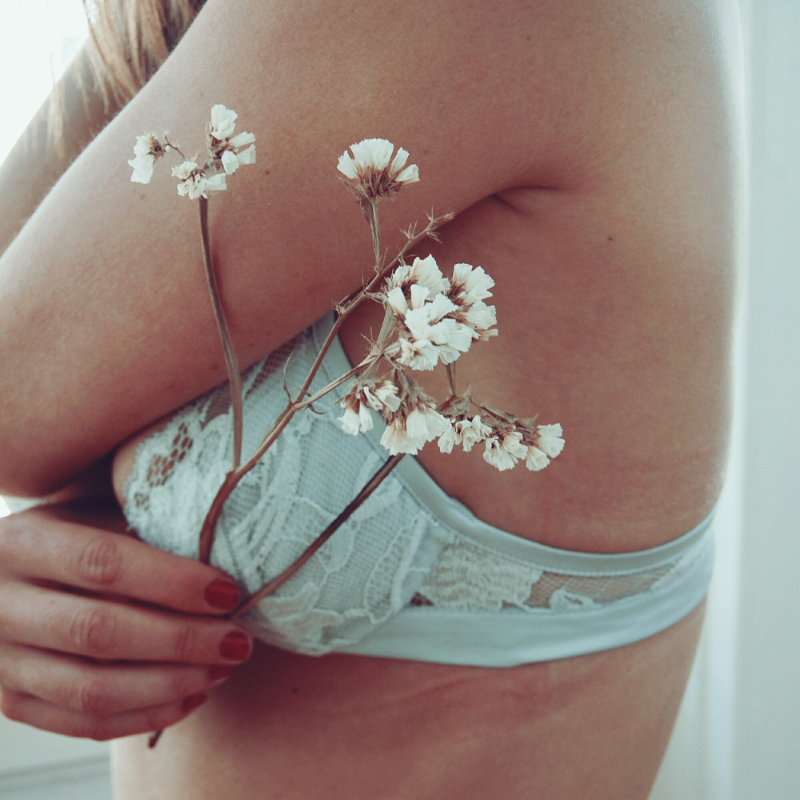

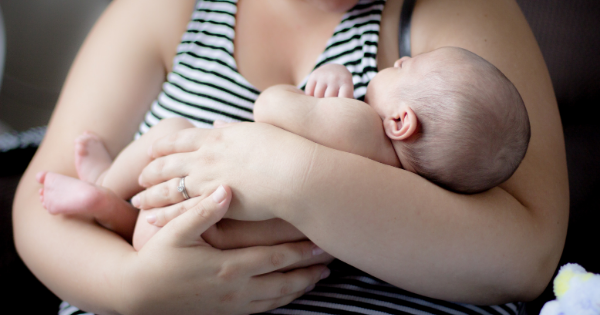
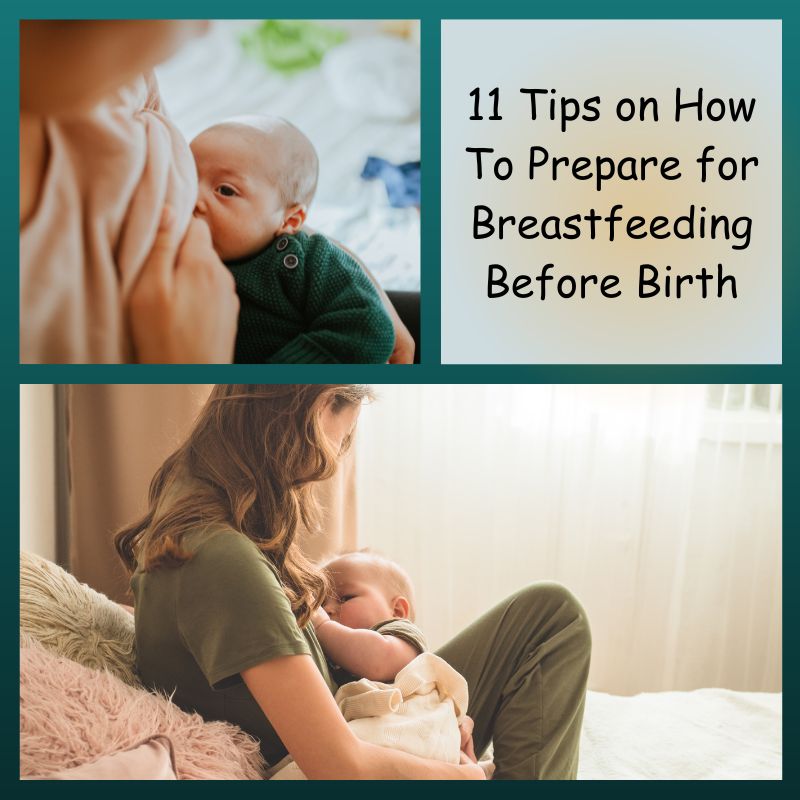


Be the first to reply